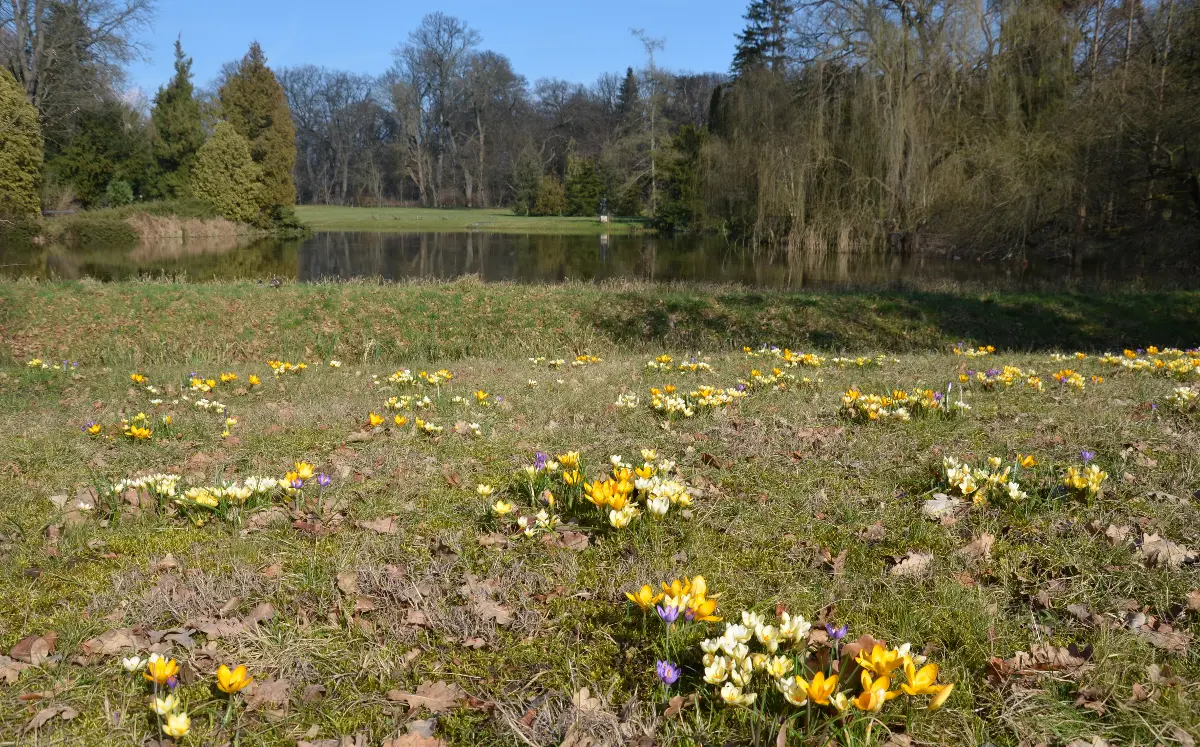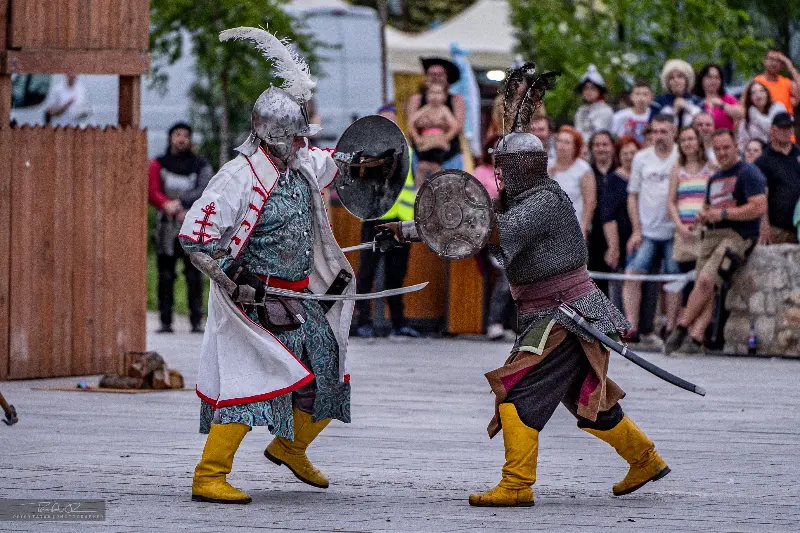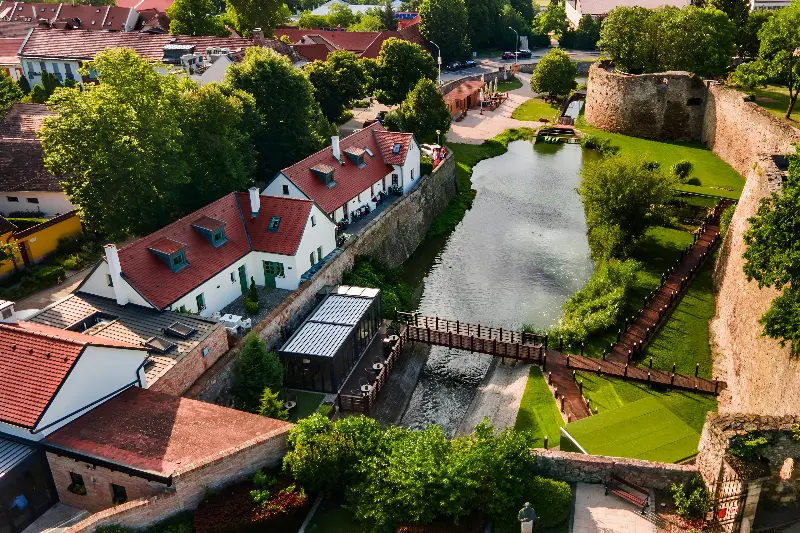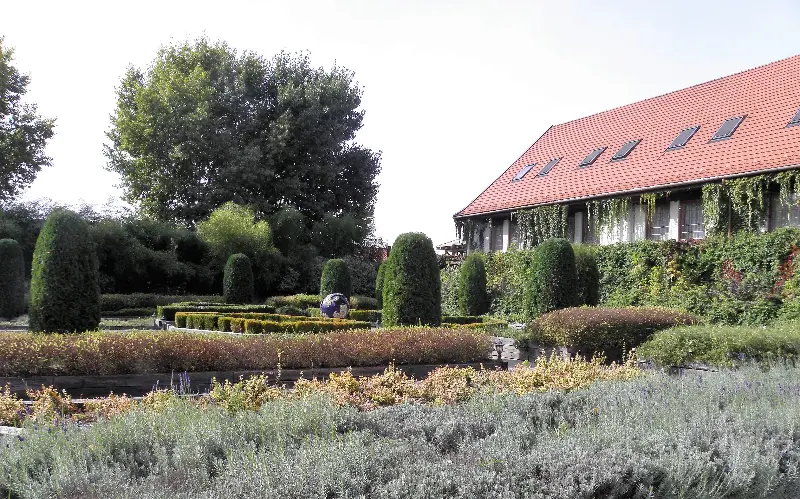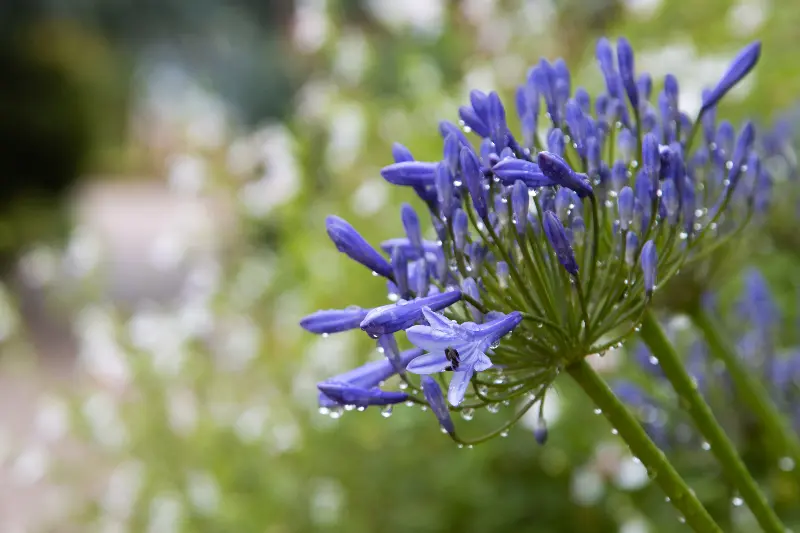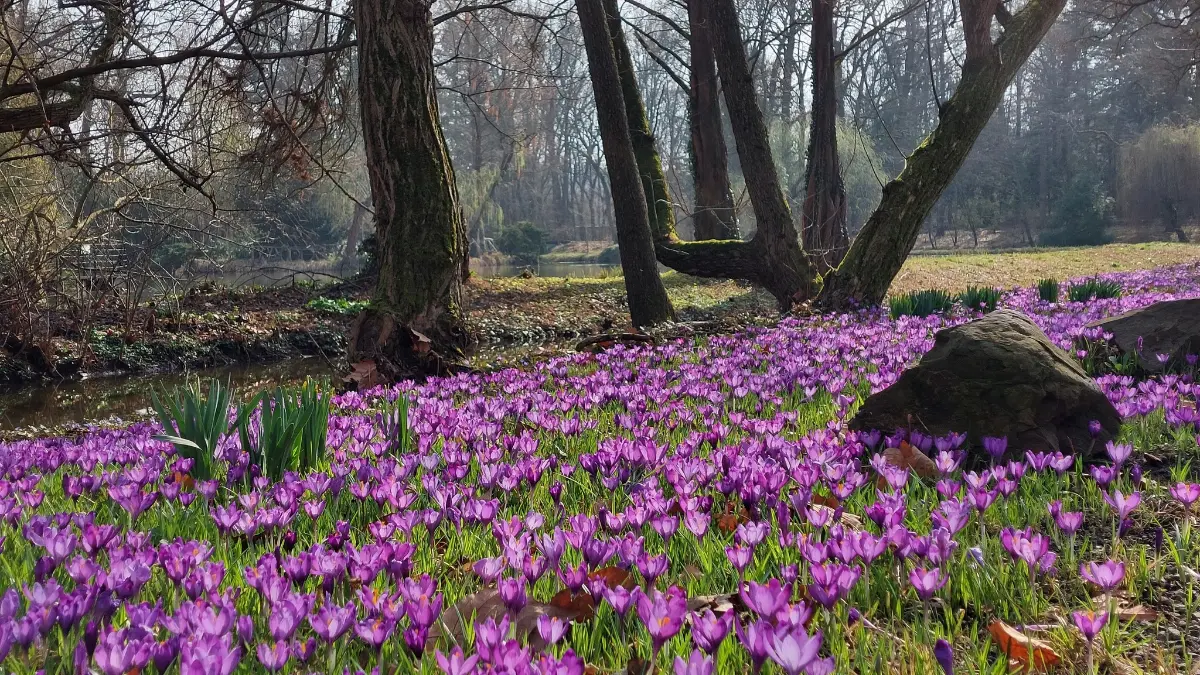
Helyszín címkék:
Oasis in the Northern Great Plain
Hajdú Gábor
The National Botanical Garden, belonging to the HUN-REN Ecological Research Centre, is headed by biologist Erzsébet Fráter, who has not only been researching one of the most significant botanical collections in our country for several decades, but also considers it her home. We spoke with her about the secrets of the historic garden, which attracts more and more tourists every year.
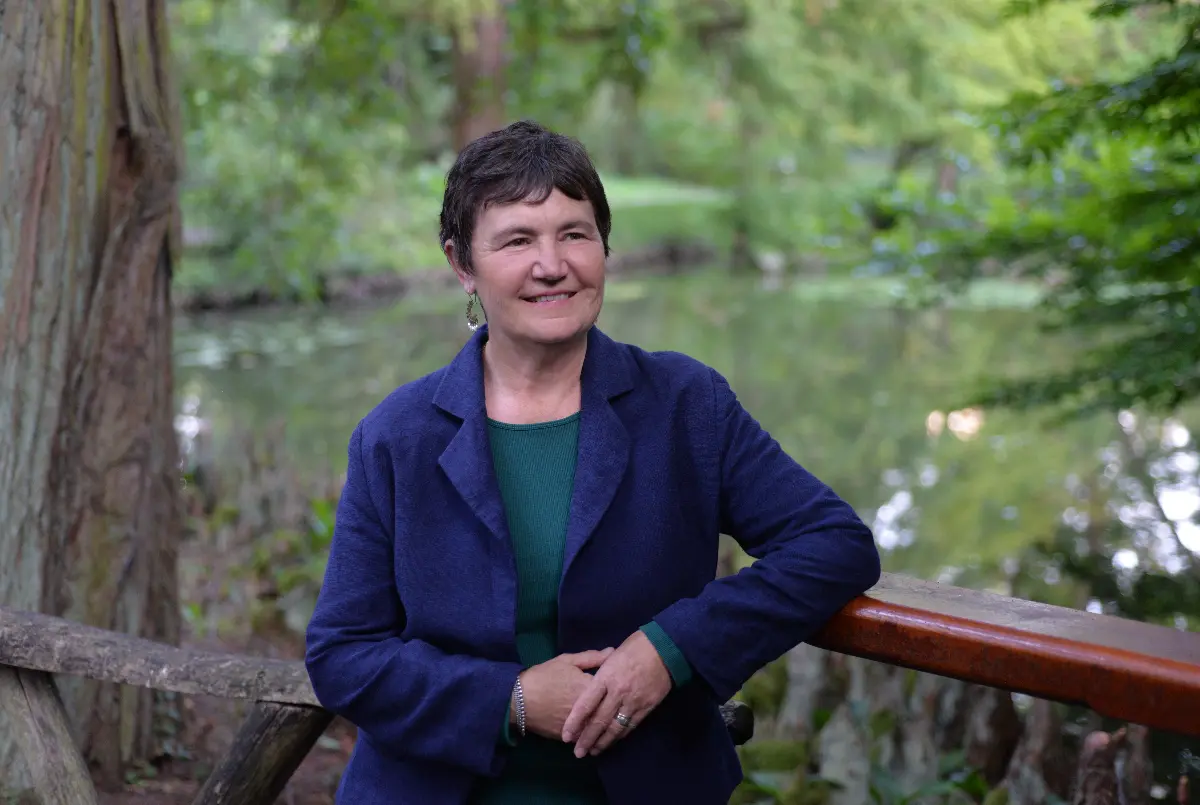
The origin of the Hungarian collection gardens can be traced back to the second half of the 19th century, when it became fashionable to plant exotic plants from distant countries in the gardens. However, as in most cases, other reasons besides the spirit of the times also played a role in the creation of the gardens. In the case of Vácrátót, what was this reason?
We have to go back a long way in time. We know that 200 years ago there was already some kind of noble garden here, but the foundations of today's garden were laid 150 years ago by the broad-minded, highly educated Sándor Vigyázó, who loved nature very much and visited many significant parks in Western Europe as a young man. He wanted to provide a worthy home for his wife, Zsuzsanna Podmaniczky. It was then that he found the manor in Vácrátót that was for sale, which he bought in 1871. He had an eclectic, historicizing castle built in place of the mansion on the estate. At that time, it was natural to build a garden for the castle. Sándor Vigyázó, one of the largest taxpayers in Hungary at the time, commissioned one of the most famous garden designers of the time, Vilmos Jámbor, who also worked for Archduke Joseph, and whose name is associated with gardens such as the Alcsút and Margitsziget landscape gardens. He imagined a sentimental, landscape garden in Vácrátót, which was in full bloom by the end of the 19th century and the beginning of the 20th century.
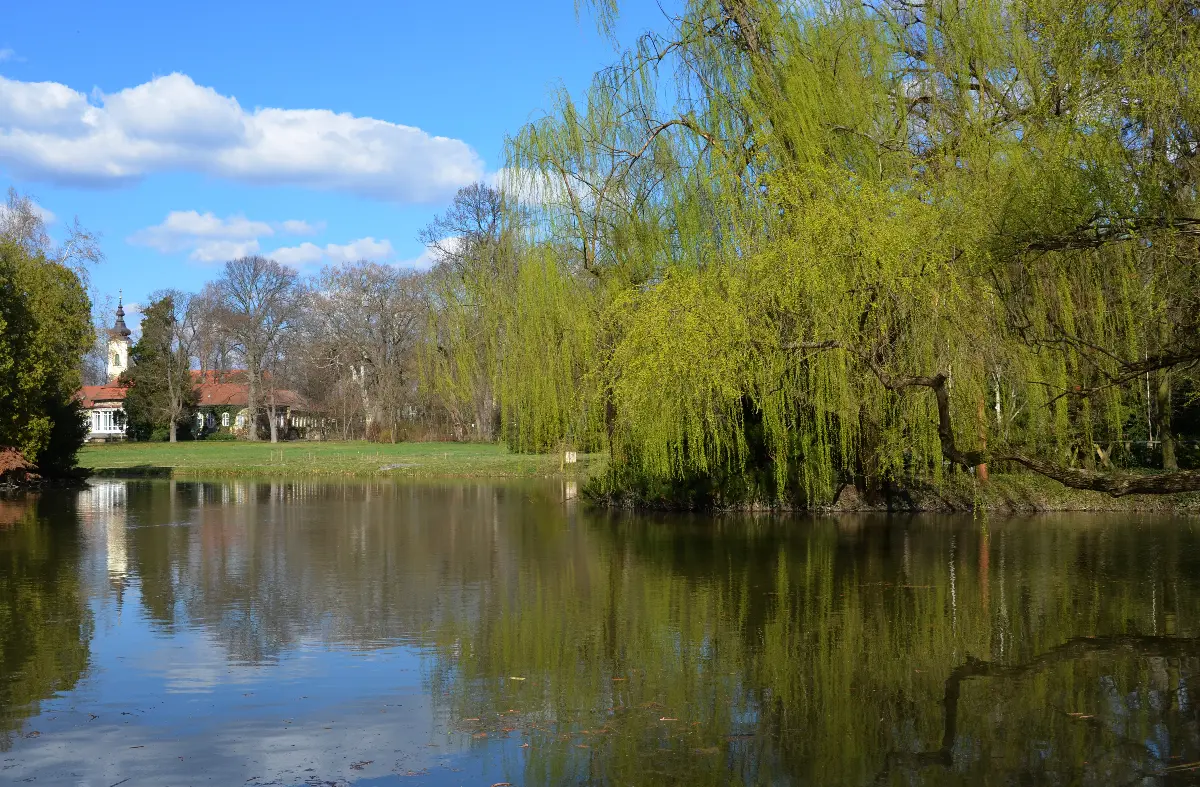
A lake system was created using the water of the Sződrákosi stream, and a rocky canyon valley was created using stones brought from Naszály in Vác, and such garden elements as an artificial ruin, an artificial watermill and a rock tunnel were built. These characteristic buildings also enhanced the atmosphere characteristic to landscape gardens. In addition, our botanical collection is the richest repository of living plants in Hungary. The 27-hectare garden contains almost 13,000 plant species and varieties, in four large collections. One is the collection of trees and shrubs itself, which the general public encounters when walking in the garden, but next to it we have a taxonomic collection, a perennial and rock garden collection, and a very serious greenhouse collection.
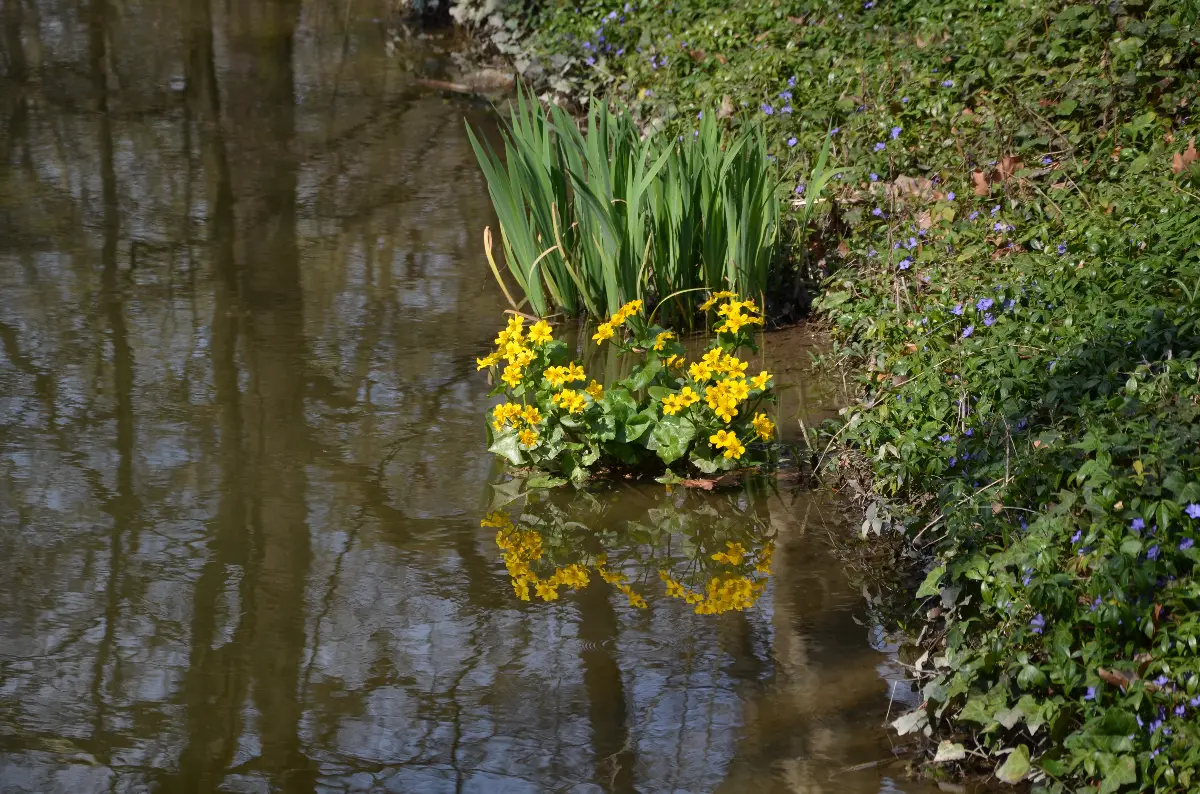
When we talk about garden tourism attractions, we mainly mean plants and flowers. In this respect, spring is considered the main season in the life of a garden. What are the attractions of Vácrátót?
As the first early flowers appear, visitors arrive with great joy. In our garden, exactly because it represents this diversity, something is always blooming from early spring to late autumn. The first early spring flowers are in the streamside park forest, where there is still a lot of light at this time, and the so-called geophytes appear, i.e. fast-living, bulbous, tuberous plants: among others, eranthis and snow-flake, columbine, snowdrop, hellebores, corydalis, daffodils, anemones and crocuses. At this time, there is a very beautiful colourful carpet of flowers under the still leafless trees, the snowdrop field blooms white, the crocuses are purple, the many anemones bloom yellow, and then the corydalis comes, it is very beautiful and spectacular, as the sun shines through the branches of the trees. I really encourage everyone to come in early spring too.
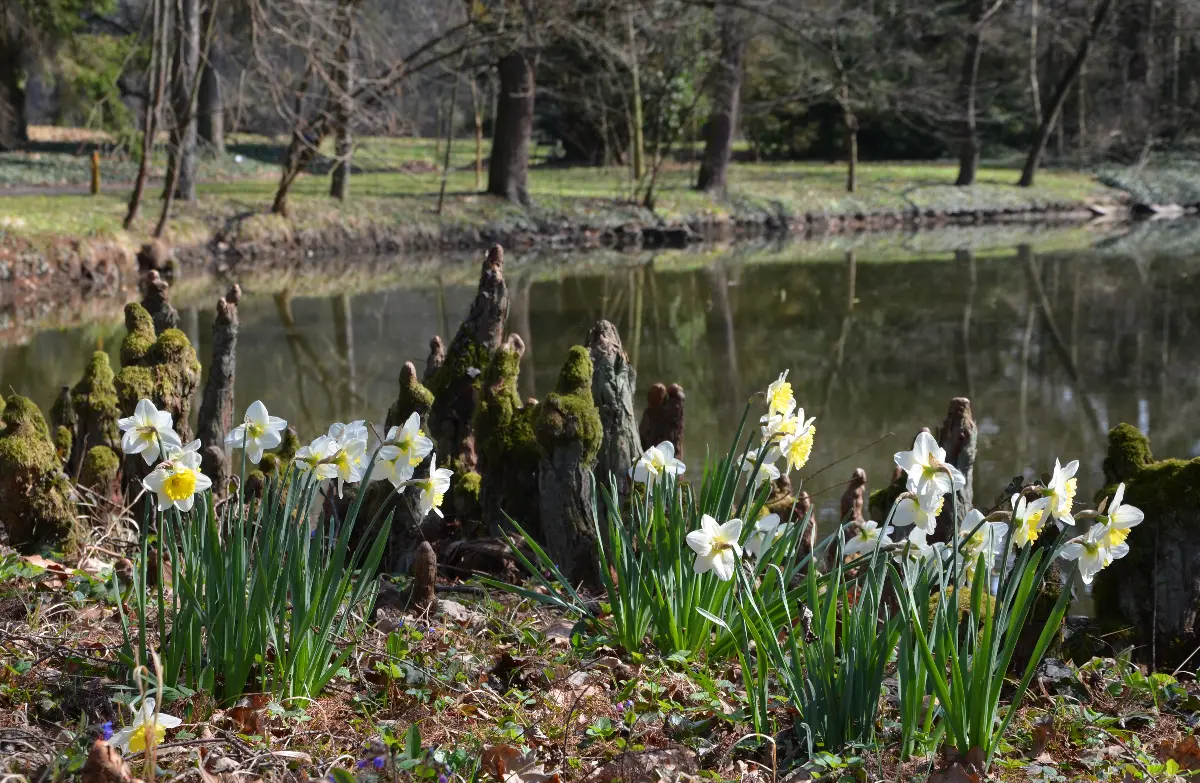
In addition, great emphasis is placed on welcoming visitors with thematic programmes, as a historical garden is not only a place for contemplation, but also for spreading knowledge and culture. Will the events usual in previous years continue?
We will continue our traditions this year. There are permanent elements of our programmes that visitors already look forward to, such as the summer evening concerts, which we also organize in front of the mansion. The terrace provides the stage and the spectators take their seats on the large meadow. This year we will also have two classical music concerts. Among our plant-related events, I would like to highlight the tulip bloom. Experience walks will be launched led by our head gardener, during which our visitors can get an insight into the history of tulips. During April and May, we also await school groups in connection with the sustainability theme week, and we link our new family programme to plant diversity, with a focus on dye plants. Our popular event is the lotus bloom, which takes place in the second half of summer; this spectacular flower will be in focus on Lotus Day in August. Then comes autumn, which is also our main season, exactly because of biodiversity. There are many species in the dendrological collection, and their autumn colours lend a diverse and colourful appearance to the garden. We will build autumn leaf-viewing walks on this. At the beginning of October, we have a long-standing autumn fair, “Earthly goods on our table”. In addition, we plan a nature art workshop. Every year in August, sculpture students from the University of Fine Arts participate in a two-week creative camp, where they take inspiration from nature and create very beautiful works of art with natural materials, which decorate the garden for months. This also emphasizes that our Garden is a complex work of art.
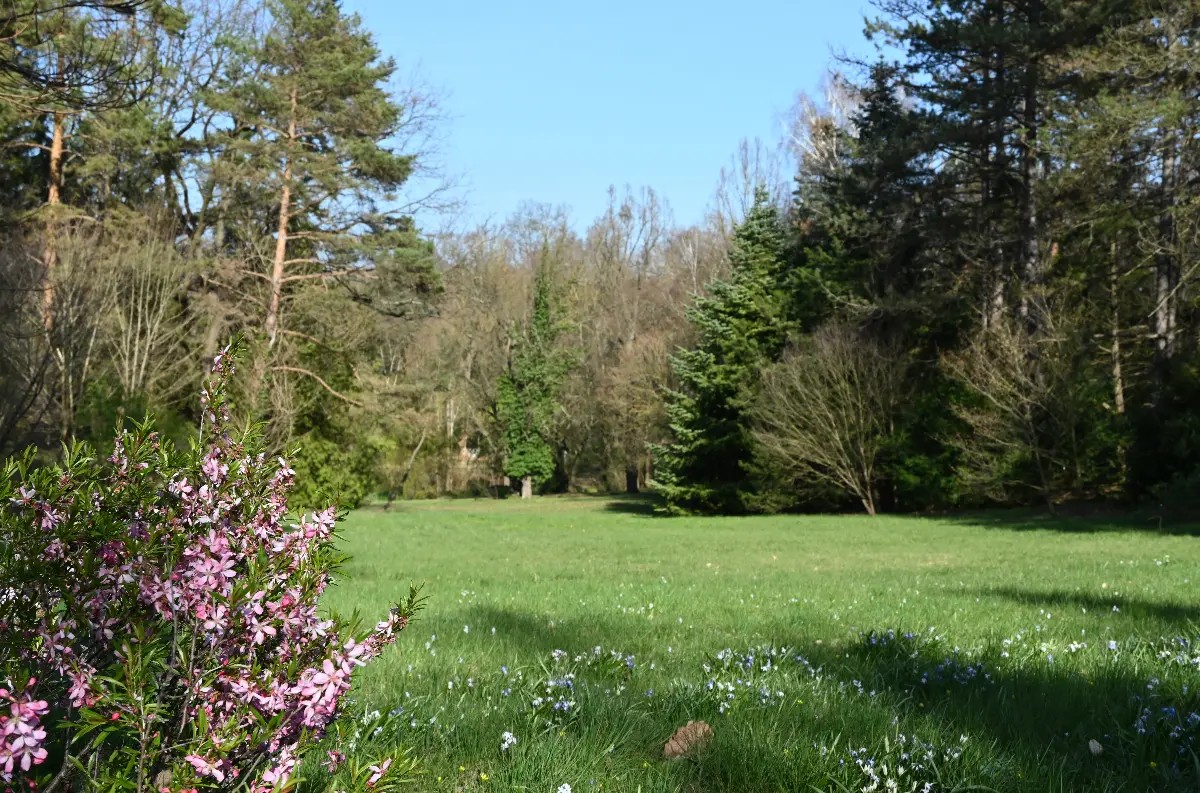
Our historical gardens are not only tourist attractions, but as they once were, they still serve as models for visitors today. How do you see the role of Vácrátó in this regard?
We have gone through difficult decades in the Carpathian Basin, which were not favourable to historical gardens. This has partly historical reasons. After World War II, gardens were completely neglected areas of culture and art, or they were not interpreted correctly, at most along utilitarian thinking. The other reason is the climate, which is completely different from Western Europe: dry summers and very cold winters make the lives of gardeners and ornamental gardeners difficult, although this has been slowly changing in recent years. For me, England is the absolute model, where gardens are of much greater value in the eyes of society. In our country, although with small steps, we are moving forward. If I look back at the practice of some decades ago, our visitors behave completely differently compared to that. First of all, there are many more people interested. The number of garden tourists has increased especially since Covid, the number of visitors has jumped from 50-60 thousand to more than 100 thousand per year.
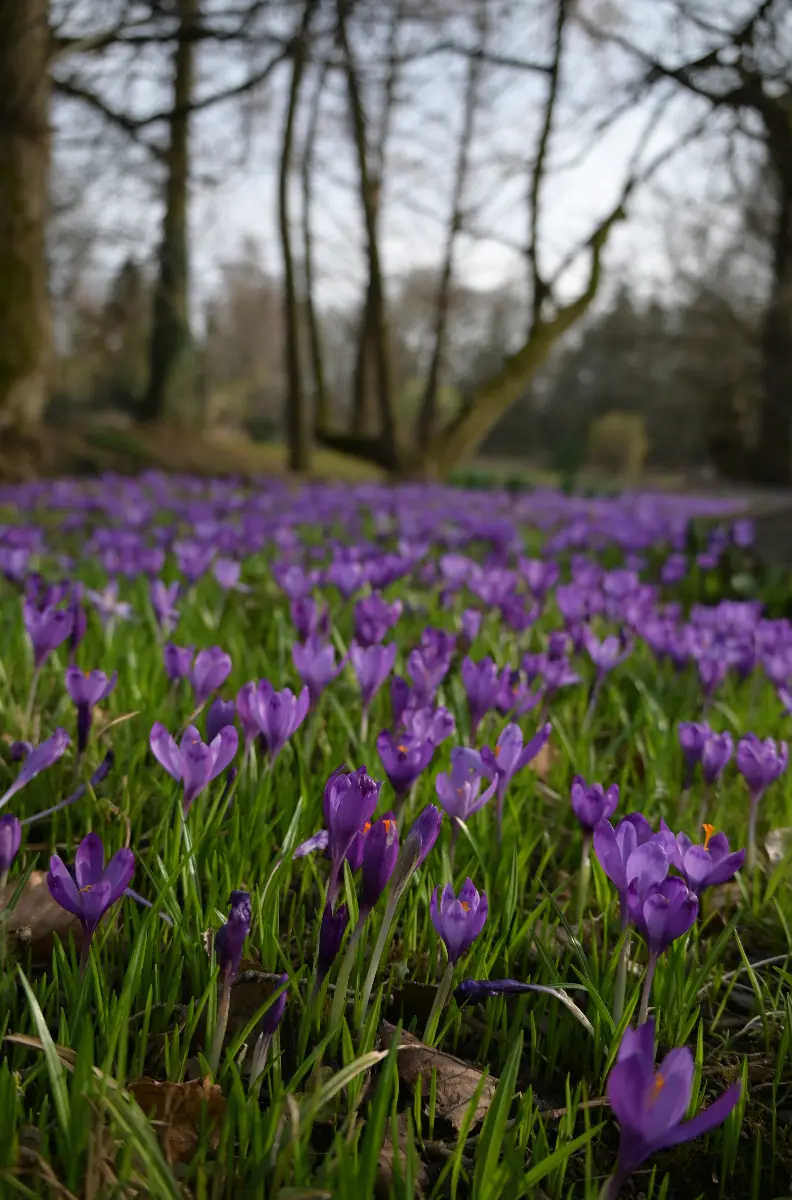
We also experience a qualitative change, of which I will mention only a very small example: 15-20 years ago, if someone came to us, they brought a ball with them, because they thought they were going to play football on the meadow, and perhaps they did not even know where they were going. Now that does not happen any more, everyone treats the place on its merits. They are informed about the programmes, they sign up for our specifically botanical and garden history programmes, and our discovery walks, science tours and concerts are always full, so people now see a garden as different. We hope that, true to our predecessors, we will set a good example for those who come here, and that they will be able to utilize what they see here, even if on a smaller scale. Community communication is important to us, and we maintain close contact with our visitors on our platforms.
Over the past decades, you have contributed to the dissemination of knowledge about historic gardens and their components, plants and flowers, through a number of publications for the general public. Your latest educational work, Beautiful Hungarian Gardens, has recently been published. How different is this book from the volume with a similar title published 20 years ago?
20-30 years is a very long time in the life of a garden, and in our country, especially much progress has been seen in this area. This is also true for Vácrátót, which for me and for some of my colleagues means not only our workplace, but also our home. During the several decades I have spent here, the change is noticeable day by day, especially in gardens that people rarely visit. I decided to visit all the gardens in two years. I managed to visit almost all of them. It was instructive to see that those in the hands of a good gardener are alive and thriving. I could mention Füzérradvány as an example, which was neglected 30 years ago, but now it is splendid and it is one of the most beautiful landscape gardens. But there are also gardens where the castle that stood there previously had a function, for example, it functioned as a hotel, but when it ceased to exist, the gardens also declined. I have included more than 70 gardens in the volume, arranged according to geographical location. My specific goal was to encourage garden visits, as it is both informative and enjoyable to walk and look around in the gardens.
I would like to quote my dear writer friend, Lajos Ambrus: “The garden is the scene of clarity and wisdom, and at the same time the terrain of mysterious permanence that survives everything… the garden proclaims and preserves the combination of noble work and spiritual, material art.” I fully share these words, my life’s gift from God, the Garden of Vácrátót, is a gift that inspires gratitude.
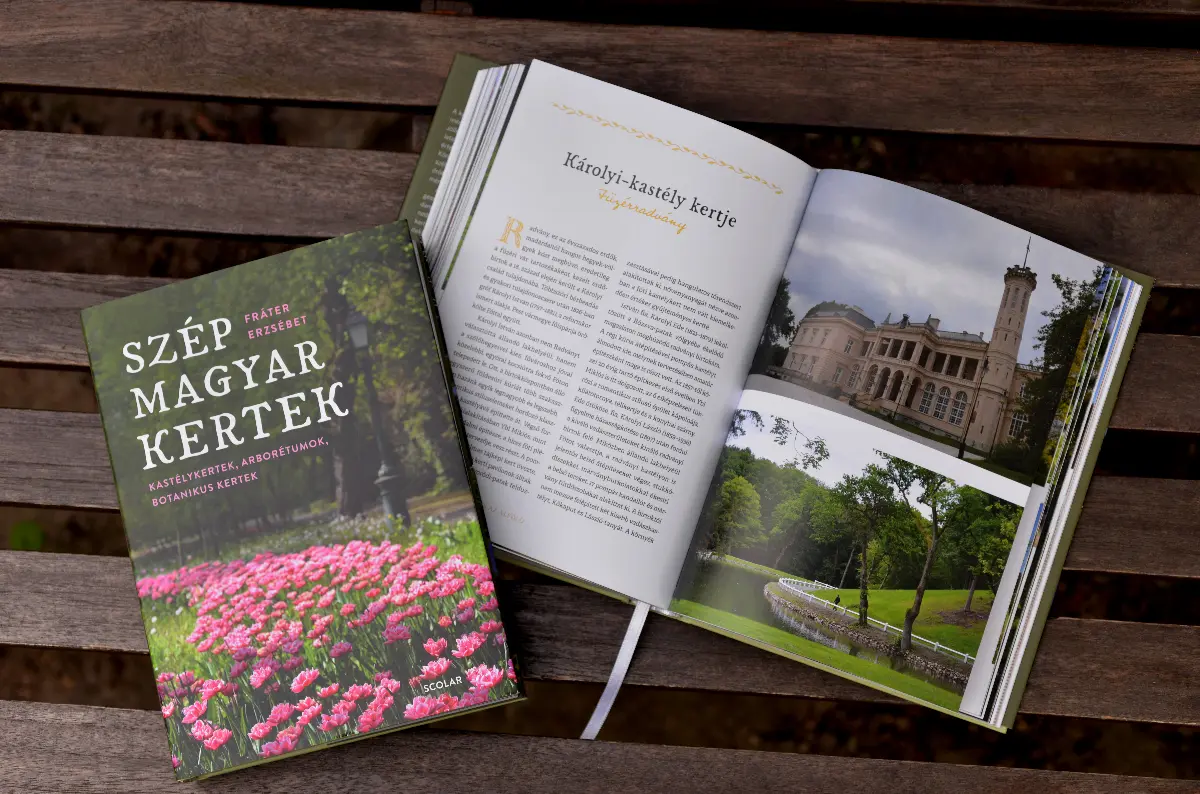
The programmes of the National Botanical Garden in Vácrátót.

